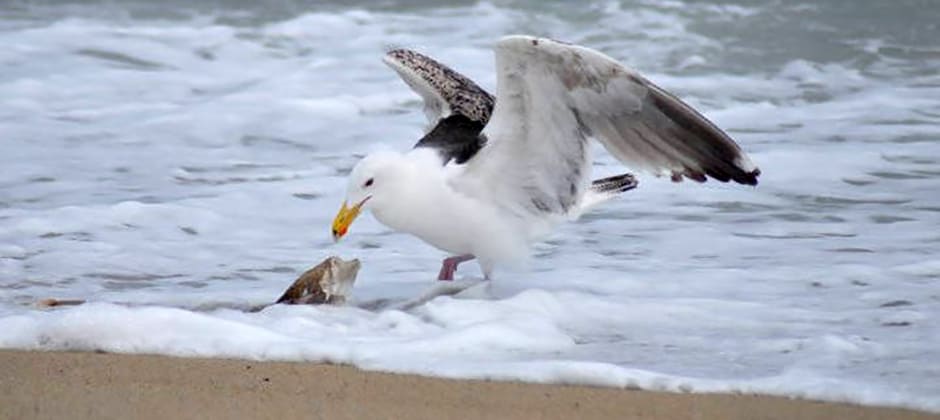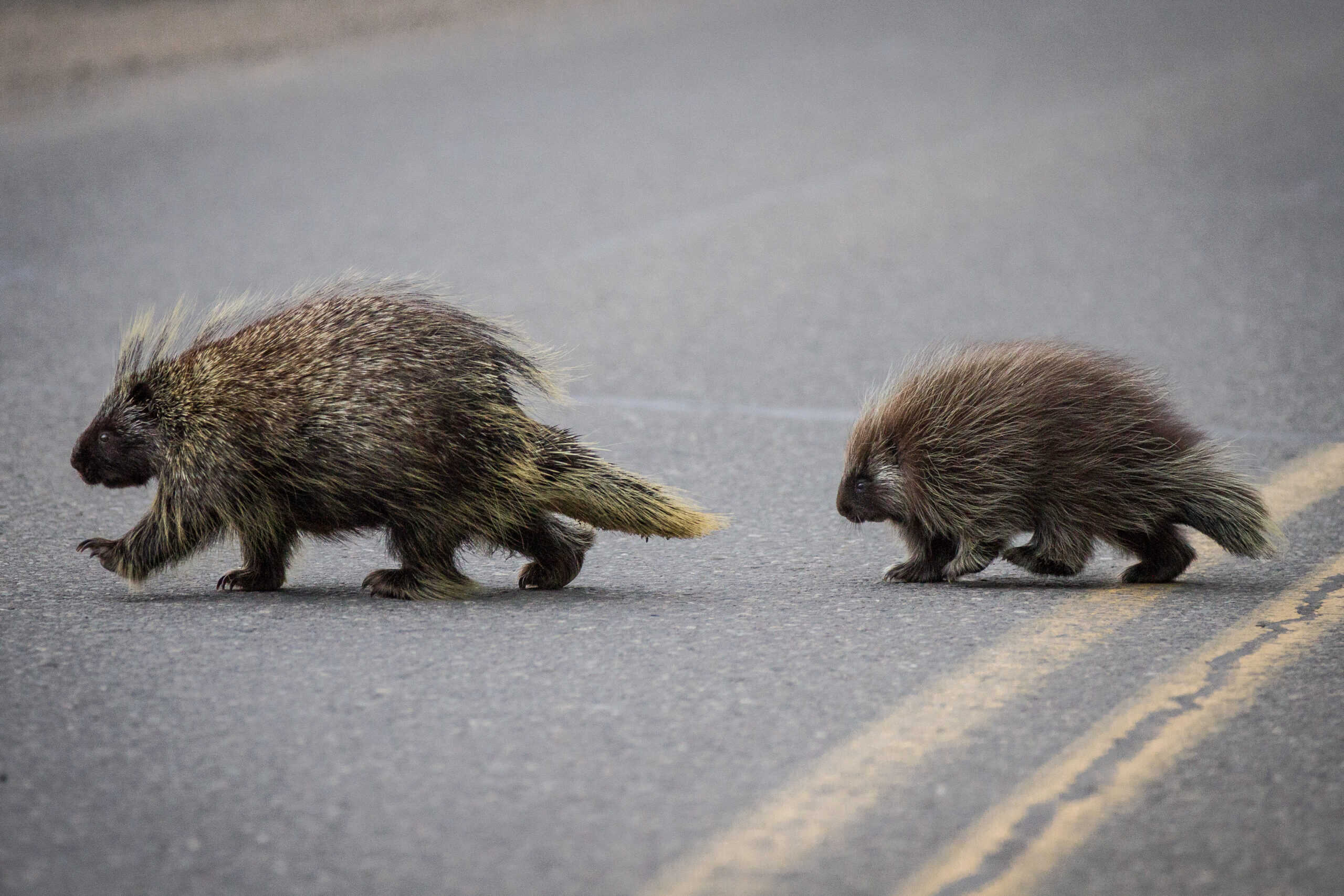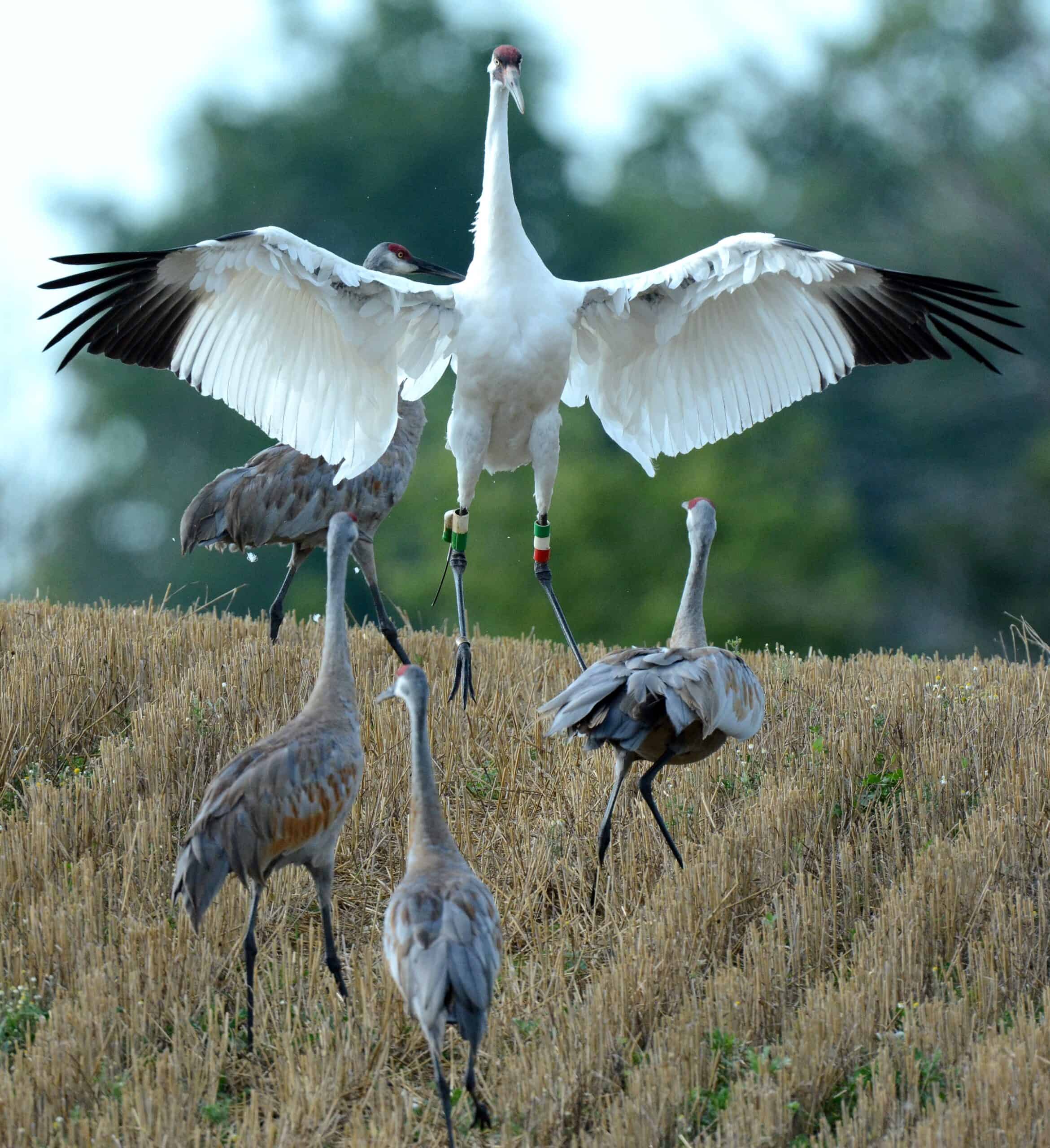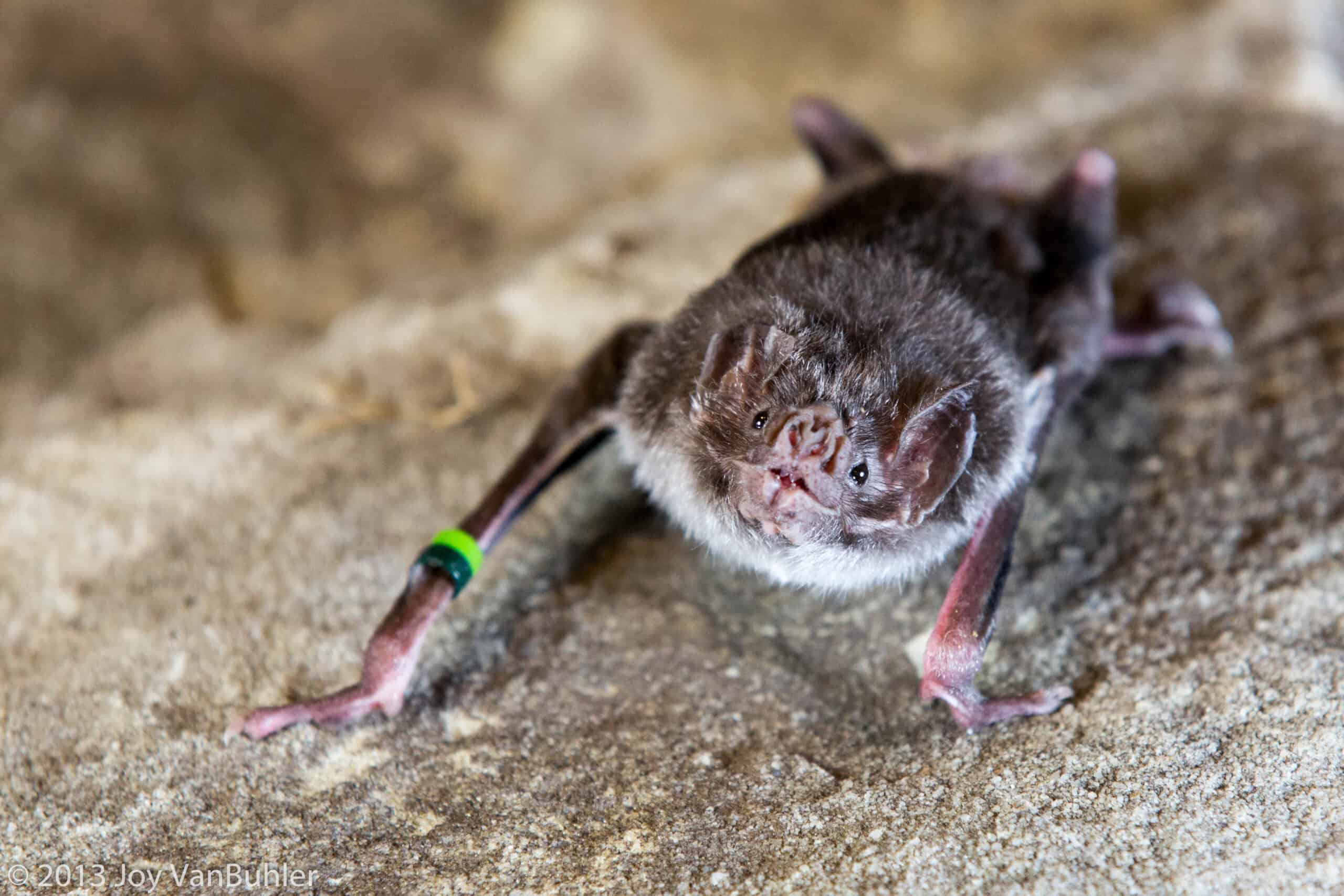Share this article
Avian flu takes surprising toll in the wild
Avian influenza has led to the deaths of tens of millions of chickens and turkeys in the U.S., but for wildlife biologists, the flu’s impacts on wild bird populations are particularly alarming. Scientists say the effect on wild birds is unprecedented and raises concerns about spillover to other wildlife.
The H5N1 outbreak has reached over 100 bird species worldwide. Researchers believe a great black-backed gull (Larus marinus) migrating from Europe to eastern Canada last winter may have brought the virus to North America, the New York Times reports.
The World Organization for Animal Health estimates the virus has caused more than 383,000 wild bird deaths, although the actual numbers may be far higher. Researchers believe gulls played an unusually large role in spreading this strain, allowing it to move fast and far. It has affected a broad range of bird species, including waterfowl, raptors, seabirds and shorebirds. Wildlife officials in Quebec discovered thousands of white gannets (Morus bassanus) on the Magdalen Islands that the flu had killed.
The virus has also reached mammals.
“At least seven U.S. states have detected the virus in red fox kits, to which the pathogen appeared to be particularly lethal,” the Times writes. “Two bobcats in Wisconsin, a coyote pup in Michigan and skunks in Canada have also tested positive for the virus, as have foxes, otters, a lynx, a polecat and a badger in Europe.”
Two humans also contracted the virus—one in the U.S., the other in Great Britain. Both had close contact with birds.
Header Image: Researchers believe a black-backed gull carried the H5N1 virus to North America. Credit: Amanda Boyd/U.S. Fish and Wildlife Service








